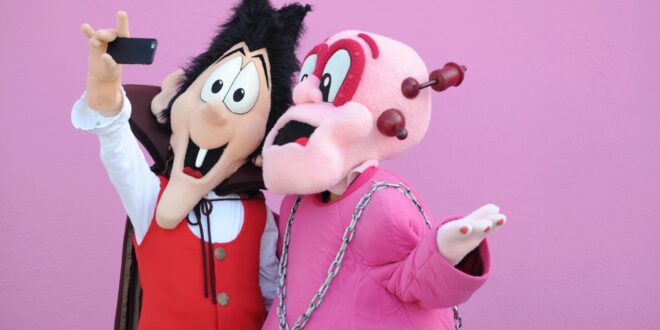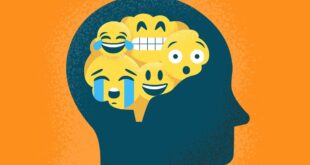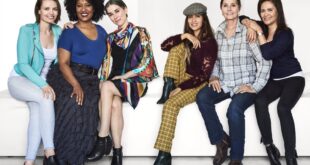We all know how brands typically advertise. Commercials, social media ads, sales, and campaigns are usually what people recognize as advertisement and public relations tactics. How about the unusual?
What about mascots?
Mascots are a way for companies to brand themselves. Of course, the obvious examples of this would be Ronald Mcdonald or Mickey Mouse. The characters that companies create in their name are built as ambassadors of their brand. They help curate the brand’s personality, and they serve by helping to connect with their respective consumer demographic.
Mascots can be seen anywhere. If you were to walk down the cereal aisle at the grocery store, you would see 10+ different mascots on the boxes alone. For instance, Sonny the Cuckoo Bird is the mascot of Cocoa Puffs. He was first introduced in 1962 and is still around. Sonny’s signature phrase is “Coocoo for Cocoa Puffs.” For many people, this is a nostalgic phrase. Millions of people have grown up watching Cocoa Puffs commercials and can easily identify this bird.
How does this prove mascots are effective?
Since Sonny the Cuckoo bird is a nostalgic character for many consumers, it seems General Mills cereal was right on the money. Consumers associate Sonny with their childhood. Whether they grew up eating the cereal or viewing Cocoa Puffs commercials, they know who he is and what brand he is associated with. This matches up perfectly with Cocoa Puffs demographic as they typically gear their advertising towards children. General Mills cereal has succeeded in creating their personality and establishing a relationship with their audience. Children typically like cartoons and colorful items. This makes it easier for them to recognize Sonny in the grocery store. This then benefits General Mills, as we all see kids begging parents for some Cocoa Puffs. Even when this audience grows up, Sonny the Cuckoo Bird will hold a place in their childhood, and they will still be able to recognize the lovable character.
What about now?
In recent years, mascots have been moving in different directions in the ways they connect with their audience. With the rise of social media, companies have created personas online through their mascots. On platforms such as TikTok and Twitter there will often be brands commenting on posts from audience members and even competitors. The Duolingo bird is a great example of this. Duo is the mascot of the popular language learning app Duolingo. Duo has recently become an internet sensation by platform users joking that Duo threatens them to complete their language lessons. The social media team at Duolingo ran with this. Their account started to pop up under randomized posts commenting things like “Spanish or vanish.” Since then, the Duolingo bird has become a big character in internet culture. Especially among Gen Z internet users. Since that age group is typically using Duolingo in school, in free time, etc., this is smart. They are creating a relationship with this generation beyond learning languages. Now, there are thousands of tweets and posts that interact with the Duolingo bird. He even appeared at the premiere of “Barbie.” This becomes free PR for the company, all because of a fictional green bird.
So what?
The mascot game is changing. With the rise of social media companies have begun to rebrand themselves through their mascot personalities. Brands have figured out ways to use their mascots to connect with their audience more personally. Many mascots have evolved into their own entities, like celebrities with a fan base. They are helping to extend brand outreach globally.
 SIU PRSSA Southern Illinois University Public Relations Student Society of America
SIU PRSSA Southern Illinois University Public Relations Student Society of America




